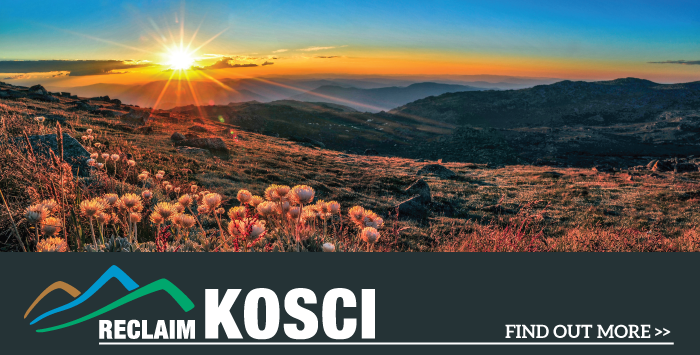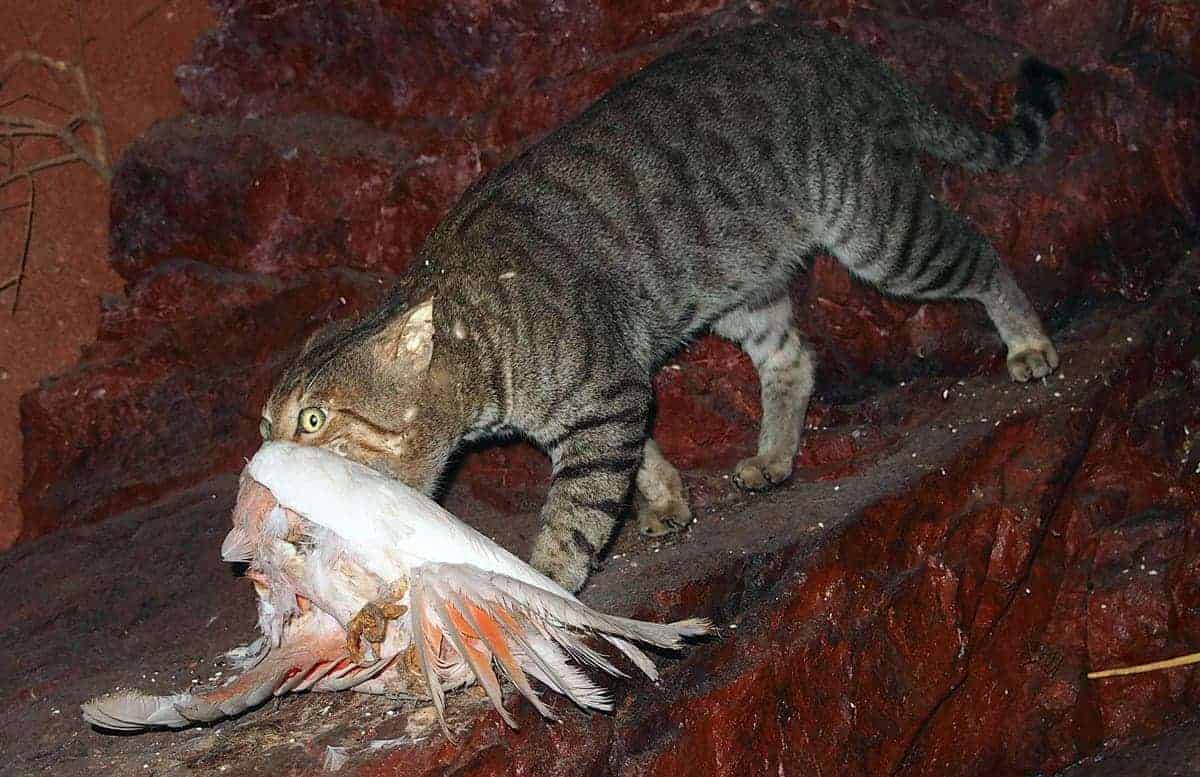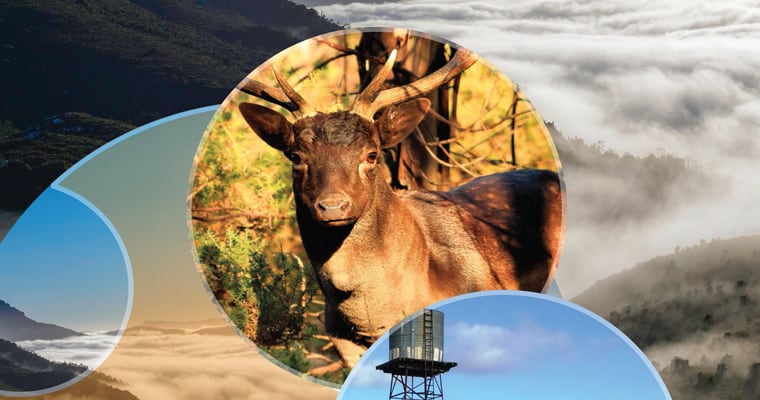Legal advice confirms the federal government may have the power to block the NSW government’s flawed plan to protect feral horses in Kosciuszko National Park.
“Kosciuszko National Park provides habitat for more than 52 threatened species and four threatened ecological communities, many of which are highly sensitive to the impacts of feral horses,” Invasive Species Council CEO Andrew Cox said today.
“New legal advice concludes that if any of Kosciuszko’s nationally threatened species are likely to be significantly impacted by the proposed relocation of feral horses, the NSW government is obliged to refer its plans for approval by the federal environment minister under the Environment Protection and Biodiversity Conservation Act, 1999.
“Given the environmental sensitivity of the entire park we are calling on the NSW government to immediately submit its feral horse plans to the federal environment minister for scrutiny.
“We can look to Victoria to see what happens if the NSW government ignores this. In 2010 the Victorian government allowed cattle into the Alpine National Park and failed to refer the matter to the federal government. The federal environment minister determined that the action should have been referred for assessment and put a stop to it.
“We originally believed that there was no role for the federal government in preventing the NSW government from protecting feral horses in Kosciuszko National Park because federal environmental law only regulates ‘actions’, or measures that involve actual on-ground activity or development.
“However, a closer look at the NSW government’s plan revealed that this was not the case.
“When the NSW government moved to protect feral horses in Kosciuszko National Park in May 2018, they repeatedly stated that their plan to reduce horse numbers in highly sensitive areas would rely on relocating horses to other parts of the park and trapping (1, 2).
“Legal advice commissioned by the Invasive Species Councils establishes that any plan that relocates feral horses to other parts of the park is most likely an ‘action’ under federal laws. If this ‘action’ causes significant impacts on the park’s key environmental values such as its threatened species (3), then this would require approval from the federal environment minister.
“If the NSW government chooses to relocate feral horses within Kosciuszko National Park without federal government approval, the Invasive Species Council, Colong Foundation for Wilderness, National Parks Association of NSW and National Parks Association of the ACT are prepared to look at the option of legal action against the NSW government for possible breaches of federal environmental law,” Mr Cox said.
More info
Reclaim Kosci
The Invasive Species Council is fighting back against the failure to protect Kosciuszko National Park from feral horses and is the lead organisation behind Reclaim Kosci, which is:
- Raising awareness about the impacts of feral horses in Kosciuszko National Park.
- Championing the campaign to repeal the Kosciuszko Wild Horse Heritage Act 2018.
- Seeking a substantial reduction in the feral horse population in Kosciuszko National Park through humane and effective means.
[button link=”https://reclaimkosci.org.au/”]Visit ReclaimKosci.org.au >>[/button]
References
- Deputy Premier John Barilaro told NSW Parliament when introducing the Kosciuszko Wild Horse Heritage Bill 2018, “The new wild horse heritage plan will prioritise supporting populations in less sensitive areas and resources will be allocated to relocating brumbies to those areas…the focus will now be on identifying areas [in Kosciuszko National Park] where a population can be protected without significant environmental harm. The priority will be to move brumbies to those areas.” (NSW Parliament Hansard 23 May 2018).
- NSW Premier Gladys Berejiklian wrote, “…the proposed legislation makes provision for a wild horse heritage management plan that will specify strategies to manage the brumby population…Importantly within sensitive areas of the National Park, brumbies will be removed and rehomed outside the park, or if possible, relocated to less-sensitive areas.” (letter to WWF-Australia 21 June 2018).
- If the action has a significant impact on any ‘matter of national environmental significance’, including any nationally listed threatened species, the national heritage values of the national park, Ramsar wetlands, listed threatened ecological communities and listed migratory bird species.










